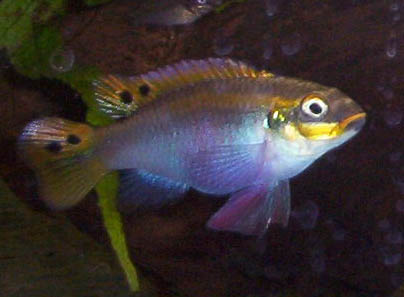An interesting study on how female guppies’ likeness for the colour orange is used by predatory shrimp to lure them close.
“This is the first significant advance on predatory lures for 100+ years and the first experiment really addressing why a lure should actually work,” John Endler, an evolutionary ecologist at Deakin University in Australia, wrote in a email. Endler, who was not involved with the research, co-authored a study in 1990 that linked female preference for orange guppies with the prevalence of orange-colored males.
That predators might have co-opted a prey species’ color preference in order to entice that prey is a “new, interesting twist” on color bias, which states that animals evolve preferences and even high visual acuity for colors relevant to their survival and reproduction, added Greg Grether, a behavioral ecologist at the University of California, Los Angeles, who was not involved in the work. Grether’s work, for example, has shown that female guppies’ love of orange pushed male guppies to maintain the right orange shade.
Read more here – How Prawns Lure Prey | The Scientist





